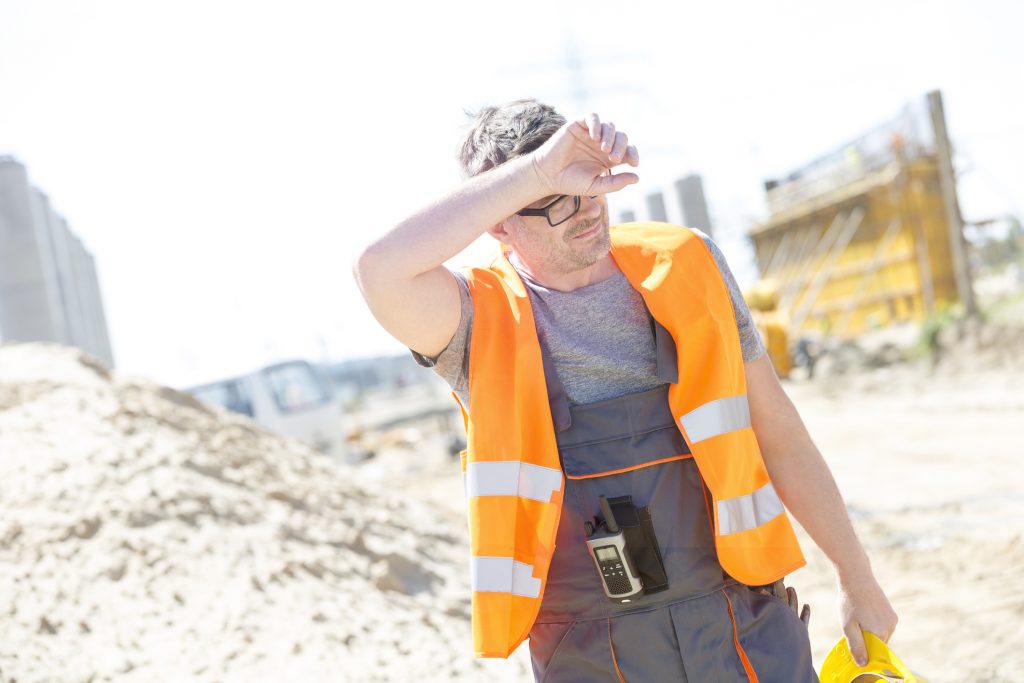
Summer in Australia means a lot of time traveling in a car, often to the extent of completing an abridged audiobook and/or several podcasts. One episode of BBC’s The World This Week caught my ear, not because it is titled “Australia Burning” but for the opinion piece by Martin Bashir (17 minute mark). Bashir discusses mid-life crises, risk aversion and neuroplasticity. I look at the relevance to occupational health and safety.
Bashir spoke about the importance of challenging oneself, especially at “an age of comfort” (my term) an achievement. This may not seem related to OHS, the raison d’être of this blog, but the age of comfort can be defined as an age of safety or risk aversion, or as Bashir says “a mechanism for self-protection”, and this period in our lives may bleed into the way we see the world, the type of OHS advice we may provide our clients and, perhaps, the way that our OHS legislation is constructed.






